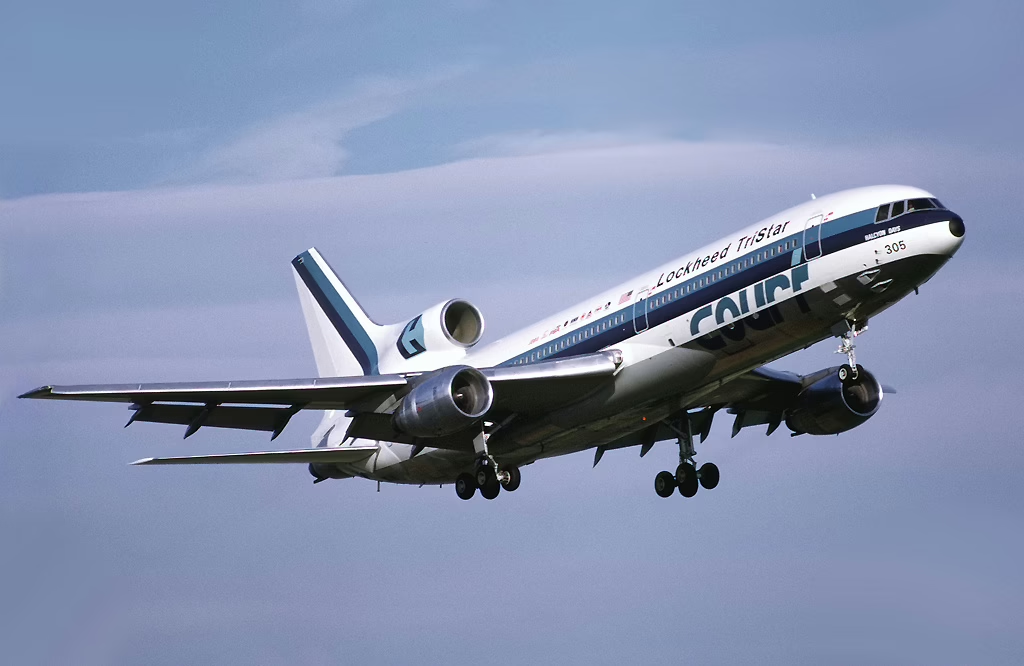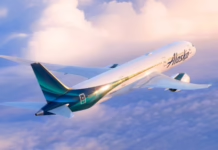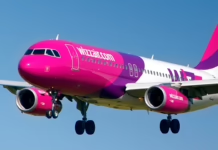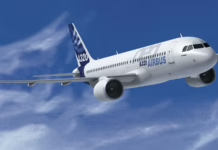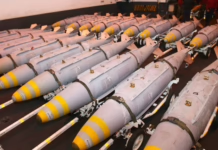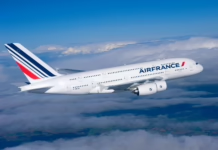How Lockheed’s pursuit of perfection in widebody design couldn’t overcome McDonnell Douglas’s market pragmatism in the trijet wars
In the early 1970s, two American aerospace giants introduced competing widebody trijets that would define their divergent approaches to commercial aviation—and ultimately seal their fates in the passenger aircraft market. Lockheed’s L-1011 TriStar represented engineering ambition at its finest: automated flight controls that reduced pilot workload, a quieter cabin than competitors, and technical sophistication that pushed boundaries. McDonnell Douglas countered with the DC-10, emphasizing operational flexibility, cost efficiency, and rapid market entry. The outcome wasn’t close. By the time production ended, McDonnell Douglas had sold 440 DC-10s—nearly double Lockheed’s 250 TriStars.
This disparity reveals a fundamental tension in aerospace manufacturing: superior engineering doesn’t guarantee commercial success. The L-1011 versus DC-10 competition became a case study in how market timing, production capacity, and operational economics can trump technological advancement.
Lockheed’s Engineering Philosophy: Automation and Refinement
Lockheed entered the widebody market in 1970 with the L-1011 TriStar, bringing decades of commercial aviation experience to bear on a new challenge. The company had established its reputation during aviation’s Golden Age with the Constellation series—iconic four-engine aircraft featuring distinctive triple-tail designs and dolphin-shaped noses that became synonymous with luxury air travel in the 1940s and 1950s. Airlines including Trans World Airlines, Pan American World Airways, and Air France operated Constellations on transcontinental and transatlantic routes, offering passengers spacious cabins and advanced pressurization.
That heritage of passenger-focused design informed the TriStar’s development. The aircraft’s three-engine configuration—one mounted in the tail, two under the wings—provided both power and reliability for long-haul operations. But Lockheed’s real innovation lay in systems integration. The L-1011 featured an automated flight control system that represented cutting-edge technology for its era, reducing crew workload while enhancing safety and operational efficiency. The cabin environment prioritized passenger comfort with noise levels below competitive offerings.
These engineering choices reflected Lockheed’s philosophy: build the best aircraft possible, and airlines will recognize its value. Eastern Air Lines became the program’s largest supporter, eventually operating 55 TriStars. American Airlines followed with 50, Delta Air Lines with 40, British Airways with 36, and Trans World Airlines with 30. Yet despite accumulating orders from major carriers, the TriStar struggled against market headwinds that no amount of engineering excellence could overcome.
McDonnell Douglas: Versatility and Market Pragmatism
McDonnell Douglas approached the widebody market from a different angle. The company had formed in 1967 through the merger of McDonnell Aircraft and Douglas Aircraft Company, combining military expertise with Douglas’s commercial aviation legacy. That legacy included the DC-3, DC-6, and DC-7—aircraft that had shaped modern air travel before the jet age. The post-merger entity continued this tradition with successful programs including the DC-9, a short and medium-haul jet introduced in the mid-1960s.
The DC-9 established McDonnell Douglas’s commercial philosophy: deliver aircraft that airlines could operate profitably across diverse route structures. With two rear-mounted Pratt & Whitney JT8D engines, a distinctive T-tail configuration, and capacity for 90 to 135 passengers depending on variant, the DC-9 served regional routes while operating from shorter runways. Airlines valued its versatility. More than 970 DC-9s were built between 1965 and 1982, with Northwest Airlines (later merged with Delta Air Lines), Scandinavian Airlines, and Alitalia among the largest operators.
This operational focus carried through to the DC-10. Designed to compete against both the L-1011 TriStar and Boeing’s 747, the DC-10 offered airlines flexibility across capacity and range requirements. The aircraft could accommodate between 250 and 380 passengers depending on configuration. Multiple variants addressed different operational needs: the DC-10-10 for shorter routes, and long-range DC-10-30 and DC-10-40 models that opened new international possibilities.
American Airlines led DC-10 adoption with 66 aircraft, followed by United Airlines with 60, Northwest Airlines with 45, Continental Airlines with 35, and KLM with 29. The production total of 440 aircraft reflected not just engineering capability but market positioning, pricing strategy, and production efficiency.
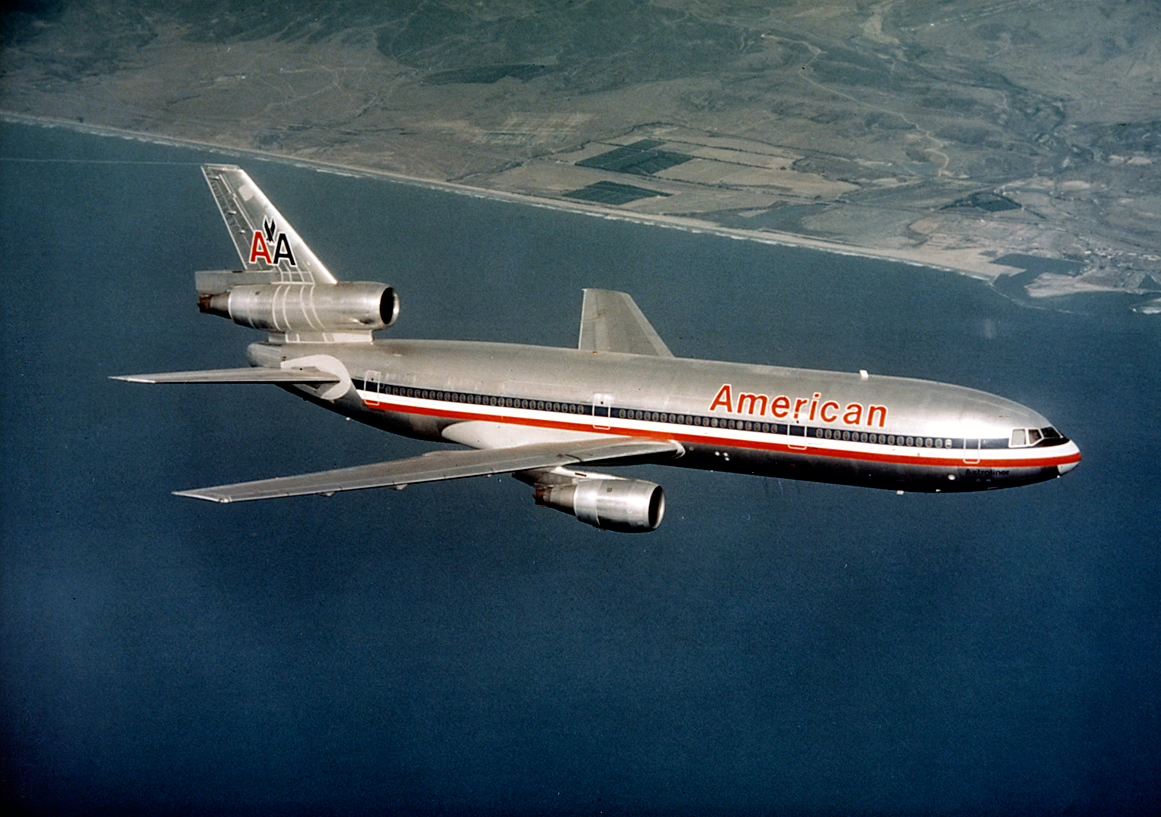
The Numbers Tell the Story
The sales disparity between the two trijets stemmed from factors beyond aircraft performance. Lockheed faced significant production challenges, including high development costs and delays that limited market penetration. Competition from the DC-10 intensified these difficulties, as McDonnell Douglas leveraged its established airline relationships and production experience to capture market share.
The TriStar’s commercial trajectory was further complicated by external pressures. The program’s reliance on Rolls-Royce engines created vulnerability when the British manufacturer encountered financial troubles, causing additional delays and uncertainty for potential customers. These timing issues proved critical in a market where airlines needed aircraft delivery commitments they could rely upon for fleet planning.
Lockheed ultimately exited commercial aviation in the early 1980s, with the TriStar program’s challenges contributing to that strategic decision. The company refocused on military aircraft, where it has maintained leadership. Meanwhile, McDonnell Douglas continued commercial programs through the 1980s and 1990s, introducing the MD-80 and MD-11 as evolved versions of earlier designs, before merging with Boeing in 1997.
Safety Considerations and Public Perception
The DC-10’s commercial success occurred despite early operational challenges that threatened its market position. The aircraft’s reputation suffered severely following the 1979 crash of American Airlines Flight 191 at Chicago O’Hare International Airport. The accident killed all 271 passengers and crew members aboard, plus two people on the ground, making it one of the deadliest aviation disasters in U.S. history.
As one of the first major commercial aircraft accidents captured on camera, Flight 191 generated intense media scrutiny and public concern. Subsequent investigation linked the crash and related incidents to maintenance practices rather than fundamental design flaws, but the episode triggered temporary groundings and regulatory reviews that challenged operator confidence.
The L-1011, by contrast, compiled a strong safety record throughout its operational life. Yet this advantage—significant from both engineering and passenger safety perspectives—couldn’t offset the DC-10’s earlier market entry and production momentum. The TriStar’s technological strengths, including its advanced flight control systems and quieter cabin environment, remained selling points primarily for existing operators rather than drivers of new sales.
Legacy and Lessons
Both trijets evolved beyond their passenger service origins, though in different ways. Many DC-10s transitioned to cargo operations and firefighting roles, with converted freighters remaining in active service decades after passenger operations largely ceased. This operational longevity reflected the aircraft’s structural durability and the economics of cargo conversion. The L-1011, while achieving technical acclaim during its service life, found fewer opportunities for second-life applications, with most examples retired from active flying.
The TriStar versus DC-10 competition demonstrated that commercial aircraft success requires more than engineering excellence. Market timing, production capacity, financial stability, airline relationships, and operational economics all factor into determining which programs thrive. Lockheed brought innovation and technical sophistication to the L-1011, creating an aircraft that operators praised for its capabilities and passenger comfort. But McDonnell Douglas understood that airlines needed not just good aircraft, but aircraft delivered on schedule, at competitive prices, with operational flexibility across route structures.
In terms of sales volume and market impact, McDonnell Douglas achieved greater commercial popularity with the DC-10. The aircraft’s production total nearly doubled the TriStar’s, and its evolution into freight operations extended its operational relevance. Yet the L-1011’s technological contributions—particularly in flight control automation and systems integration—influenced subsequent aircraft designs even as Lockheed withdrew from commercial manufacturing.
The widebody trijet era proved short-lived, as improving engine reliability and efficiency made twin-engine widebodies economically attractive for airlines. But the L-1011 versus DC-10 competition remains instructive for understanding how engineering ambition intersects with commercial reality in aerospace manufacturing, and why being first to market with adequate technology can trump being second with superior systems.

Key Takeaways
- McDonnell Douglas sold 440 DC-10s versus Lockheed’s 250 L-1011 TriStars, demonstrating that operational versatility and market timing outweighed the TriStar’s superior automation and passenger comfort features.
- Production challenges and Rolls-Royce financial troubles created critical delays for the L-1011 program, allowing the DC-10 to capture market share despite the TriStar’s technological advantages.
- The 1979 Flight 191 crash severely impacted DC-10 public perception, yet the aircraft overcame safety concerns to achieve commercial dominance through established airline relationships and production efficiency.
- DC-10s transitioned successfully to cargo operations and remain in active service, while most L-1011s retired from flying, reflecting differences in conversion economics and structural adaptability for second-life applications.



